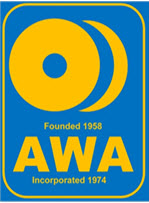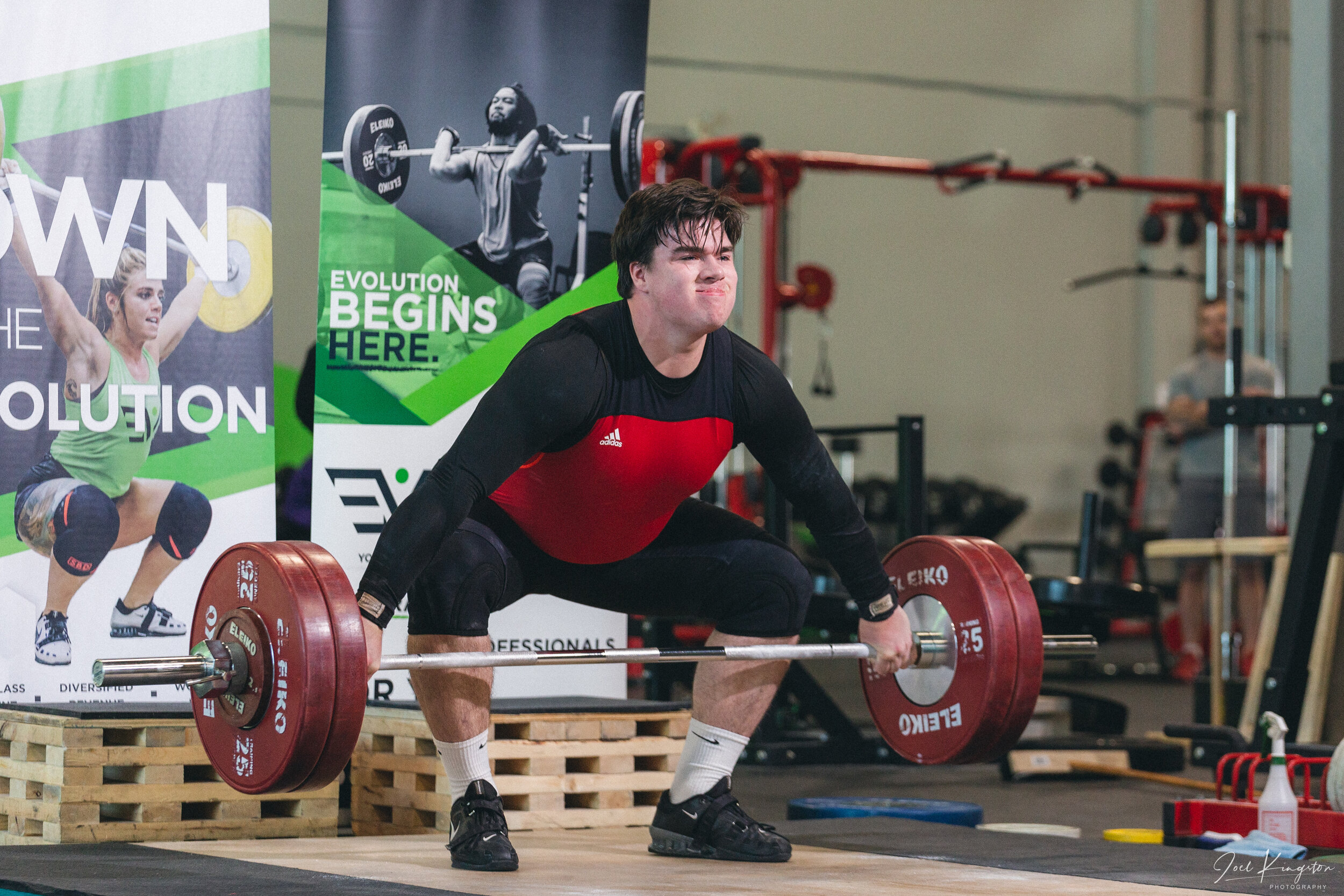W E I G H T L I F T I N G 1 0 1
WHAT IS OLYMPIC WEIGHTLIFTING?
Olympic Weightlifting is a competitive sport in which the athlete attempts to lift a barbell loaded with weights overhead through techniques called the Snatch and the Clean & Jerk (described below). Weightlifting should not be confused with bodybuilding, which focuses on how muscles look and body symmetry. Nor should it be confused with powerlifting, which measures how much one can lift in the bench press, deadlift, and squat. Weightlifting tests the explosive strength of the athlete, and when done properly, the Snatch and the Clean & Jerk are both dynamic and explosive.
Olympic Weightlifting is also an effective way to train for other sports. The lifts and their components are commonly used by elite athletes in other sports to train for both explosive strength and functional strength. By incorporating Olympic Weightlifting into your training regime, you can improve nearly all facets of your athletic performance. Key benefits include:
Time-efficient training: One exercise works multiple muscle groups
Full body development:
Develops kinesthetic awareness
Increases muscle fiber diameter (hypertrophy)
Increases neural adaptations, improving intra-muscular coordination (muscle recruitment) and inter-muscular coordination (synchronization)
Improved flexibility
T H E L I F T S
The International Weightlifting Federation describes the two lifts in Olympic Weightlifting as follows:
The Snatch
The barbell is placed horizontally in front of the lifter's legs. It is gripped, palms downwards and pulled in a single movement from the platform to the full extent of both arms above the head, while either splitting or bending the legs. During this continuous movement, the barbell may slide along the thighs and the lap. No part of the body other than the feet may touch the platform during the execution of the lift.
The weight, which has been lifted, must be maintained in the final motionless position, arms and legs extended, the feet on the same line, until the Referees give the signal to replace the barbell on the platform. The lifter may recover in his or her own time, either from a split or a squat position, and finish with the feet on the same line, parallel to the plane of the trunk and the barbell. The Referees give the signal to lower the barbell as soon as the lifter becomes motionless in all parts of the body.
The Clean and Jerk
(a) The Clean
The barbell is placed horizontally in front of the lifter's legs. It is gripped, palms downwards and pulled in a single movement from the platform to the shoulders, while either splitting or bending the legs. During this continuous movement, the barbell may slide along the thighs and the lap. The barbell must not touch the chest before the final position. It then rests on the clavicles or on the chest above the nipples or on the arms fully bent. The feet return to the same line, legs straight before performing the Jerk. The lifter may make this recovery in his or her own time and finish with the feet on the same line, parallel to the plane of the trunk and the barbell.
(b) The Jerk
The athlete bends the legs and extends them as well as the arms to bring the barbell to the full stretch of the arms vertically extended. He or she returns the feet to the same line; arms and legs fully extended, and waits for the Referees’ signal to replace the barbell on the platform. The Referees give the signal to lower the barbell as soon as the lifter becomes motionless in all parts of the body.
T H E E Q U I P M E N T
the Platform
In a competition, all lifts must take place on a competition platform that meets certain specifications. The platform must be square and level, measuring 4 metres on each side and no higher than 150 mm in height. Most competition platforms are constructed of wood, though they may also be made of plastic or any other solid material and covered with a non-slippery material.
During the competition, the platform must be clear of any debris or obstacles out to border one metre from the edge of the platform, including weights and collars. This helps to ensure the safety of the athlete, officials and volunteers during the competitions.
Off to the side of the platform, competition organizers have other equipment at the ready to help ensure a safe competition area. First, chalk is kept to the side of the platform for the athlete to ensure he or she can maintain grip of the barbell. Organizers keep a brush and broom to clear excess chalk from the bar and the platform between lifts. Disinfectant is also available to keep the bar clean and safe for competitors.
For training purposes, a smaller platform measure roughly 8’ x 8’ is more common. Training platforms are usually made of wood with rubber strips on the side to help dampen the impact of dropping weights.
the Barbell
Barbells used in competition are not like typical barbells you find in most gyms. Competition bars must meet stringent Internation Weightlifting Federation standards for weight, size and performance. The men's bar is 2.2 metres long, weights 20 kg and has a grip diameter of 28mm. The women's bar is 15 kg and has a smaller diameter than the men's bar at 25 mm in diameter. The weights sit on a sleeve to which is fitted ball bearing that allow the bar to spin while keeping the plates stable. This helps to prevent wrist and arm injuries and gives the athlete much better control of the barbell. Knurling on the barbell allows the athlete's hands or fingers to maintain a better grip.
the Weights
Weights used in Olympic Weightlifting are often called “bumper plates” because they are coated in rubber to allow them to be dropped safely from above head height. The weights are colour-coded according to weight so that participants can easily identify how much weight is on the bar. IWF regulations currently requires that weights match the following colour codes:
25 kg red
20 kg blue
15 kg yellow
10 kg green
5 kg white
2.5 kg red
2 kg blue
1.5 kg yellow
1 kg green
0.5 kg white








